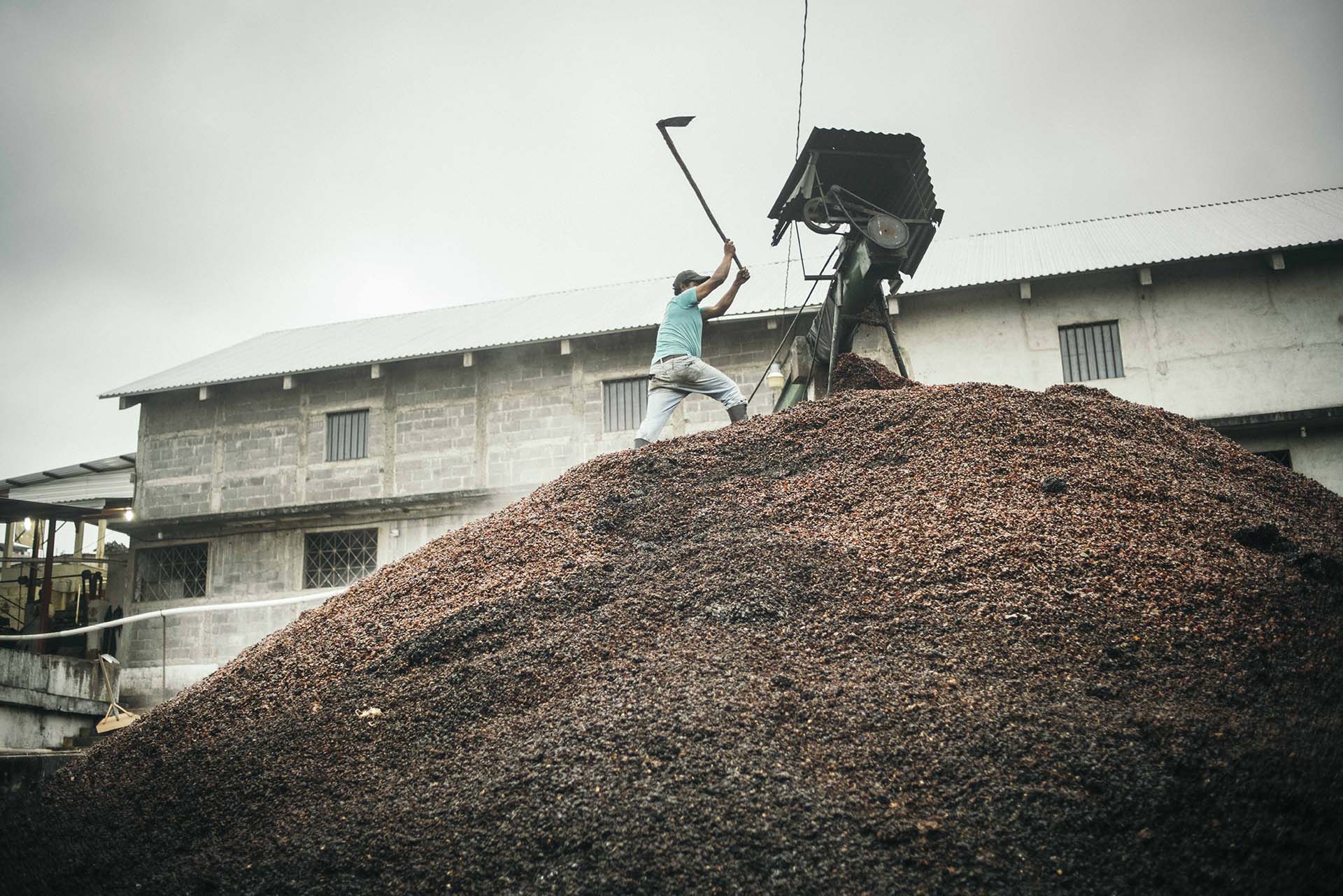There are many different ways to process coffee cherries once they have been harvested. Mills like the one you see here are used to separate the seed from the fruit, wash away the mucilage, fermentation and drying. At the end of the process, you have coffee that is ready for dry milling and export. If you see "fully-washed" on a bag of coffee, it went through this process. *Note: this media is from multiple timeframes including before the COVID-19 pandemic.


Coffees arrive by foot, horse or truck and are immediately weighed and sorted. At this wet mill, weighing incoming cherries is critical to keeping track of how much coffee each member has brought to the mill so they can get paid and the mill can track the harvest.

As cherries are received, they are classified or separated depending on the area they came from, variety or altitude, and for micro-lots, per producer. This ensures consistency and traceability through the wet milling process.
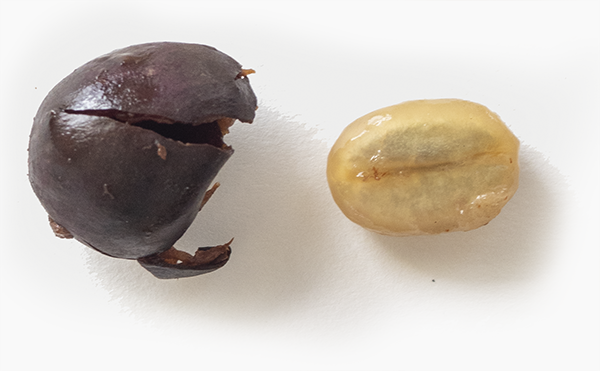
Depulping is the process of separating the cherry (pulp) from the seed. Depending on the area and access to machinery, it can be done by hand; in this wet mill it is done mechanically and with water. This removes most of the fruit from the seed, but there is still some sticky mucilage that remains and needs to be removed.
The seed and cherry are physically separated in the depulper, but all of that extra pulp has to go somewhere. In this case, simple but specialized machinery diverts most of the removed pulp and sends it down the line to a storage area where it can be used for compost or disposed of.
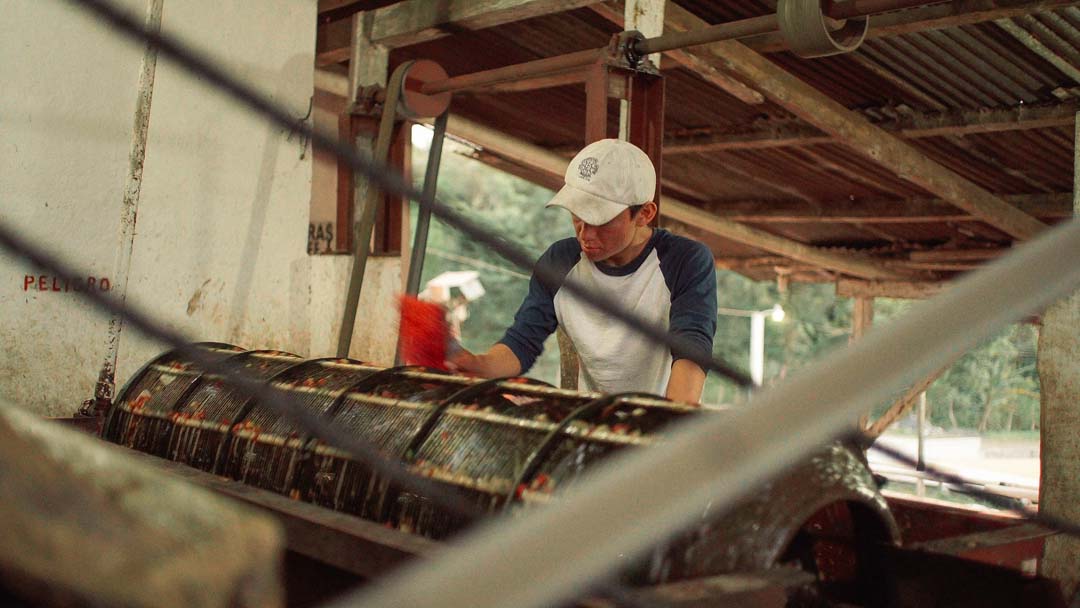
The coffee seeds move from the depulper to a clean holding tank where they will be allowed to sit and ferment for 12-36 hours depending on the ambient temperature and humidity. In this fully-washed process, the fermentation is critical to breaking loose the leftover sticky mucilage and pectin that was left after depulping. This fermentation must be timed precisely or unwanted flavors may develop, but done well, this process can lead to the clean acidity typical of washed coffees.
Once the seeds have fermented and the mucilage layer has started to break down, the coffee seeds are washed and floated in clean water. The washing process breaks off the remaining mucilage, and in this wet mill (now you know why it's called a wet mill!) also transports the coffee onto floating and screening.

'Floating' the seeds is a method to remove low density seeds that may be defective or lacking in organic compounds. These low-density seeds are considered to be defects and lacking in desirable traits for a quality cup.
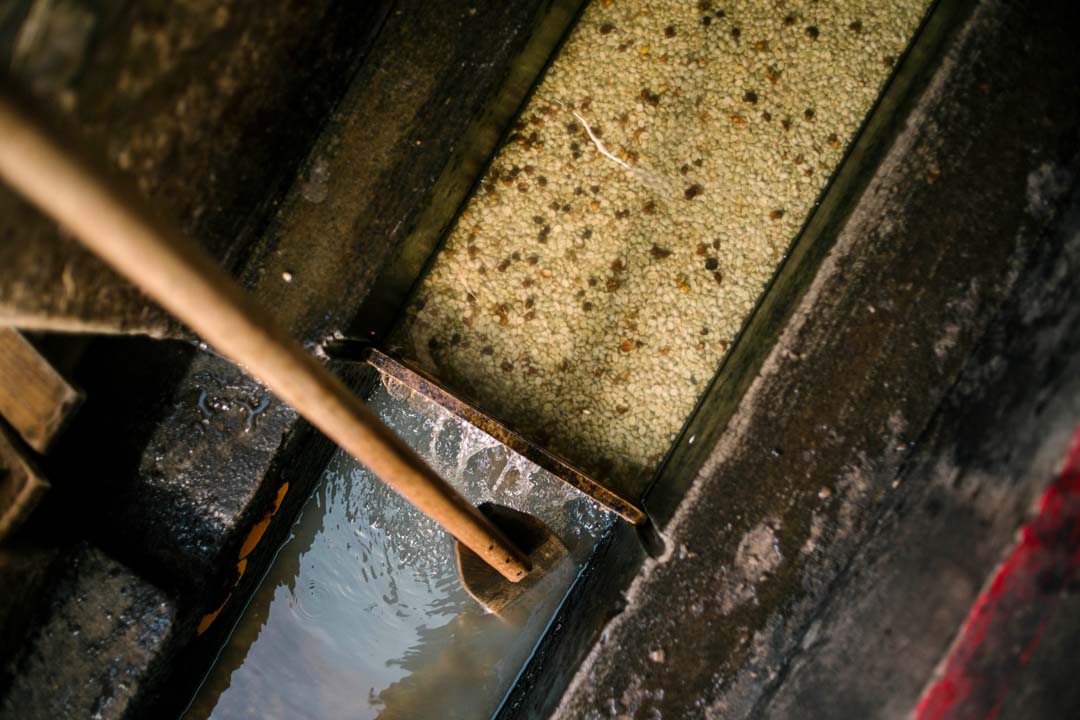
The freshly washed and separated seeds need to be dried. These seeds, having undergone the wet milling process, are now said to be in "parchment," with just the hard endocarp still remaining intact. Often this drying is accomplished using solar power and is a critical step to ensure the coffee is not damaged by mold or fungus.

Patio drying is simple in concept, but difficult in practice. Spread the coffee in parchment out on a large flat surface and let the sun do the work. However, the coffee must be dried to a point of internal stability, which is around 11.5% humidity. This can take anywhere from 7-10 days. It is complicated by environmental factors such as wind, rain, temperature, and in the case of this wet mill, ash fall from the nearby volcano. This means the coffee must be constantly moved, turned and sheltered from the increasingly sporadic rain showers in order to reach ideal internal humidity levels.

Once the coffee reaches the target internal humidity of 11.5%, it is bagged and ready to head off for finishing at the dry mill or be put into storage. The final steps before export will be to remove the parchment (endocarp) and a final removal of defects by density, color, and size.
Safe and sound out of the rain and under lock and key, the coffee is stored until enough has been processed to fill a truck. It is then transported to a dry mill for final processing and shipment.
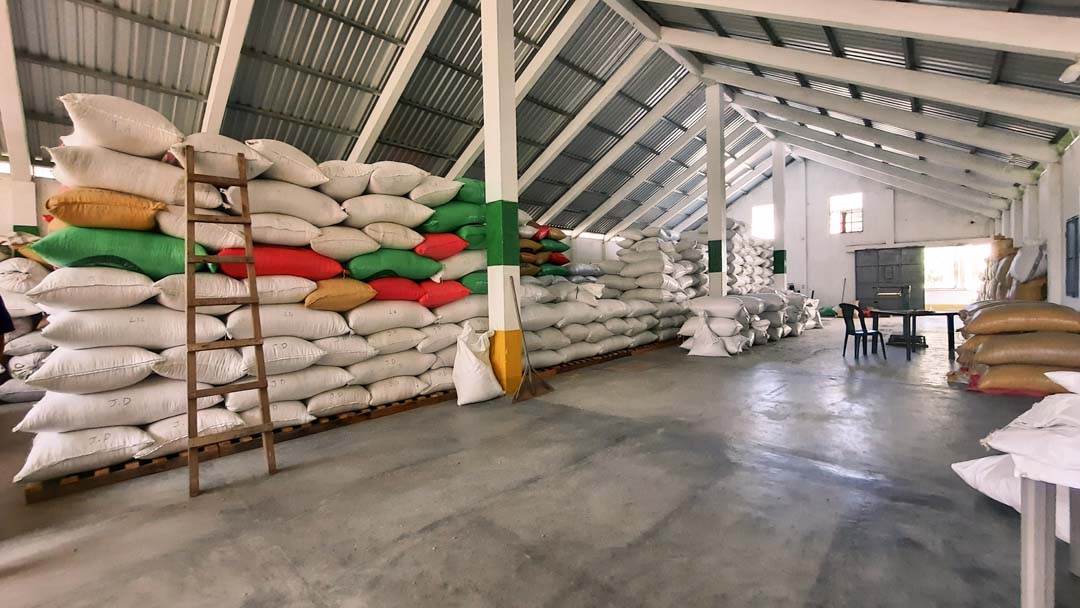
Some wet mills have mechanical methods to dry the coffee. These wood fired dryers could be used if the weather is unfavorable or to process coffee quickly to meet demand, time, or patio space constraints. There is debate on the implications and differences of patio drying versus mechanical drying and how it may impact cup quality. At this point, mechanically dried coffees will be weighed and bagged for storage or shipping.

Here wood fires the furnace to heat the air that is circulated around the mechanical dryers. Impacts on quality aside, running the dryers consumes physical resources and labor that could be put to use elsewhere.

When this wet mill was originally constructed, it was built around a water wheel, which was used to turn the belt system that runs the machinery. Today, this water wheel is still used to turn the dryers and run the air pumps.

A single year’s harvest generates a mountain of pulp that must be either hauled away to a landfill, composted and re-used, or under very controlled circumstances, dried and sold as coffee tea (also called cascara tea).
